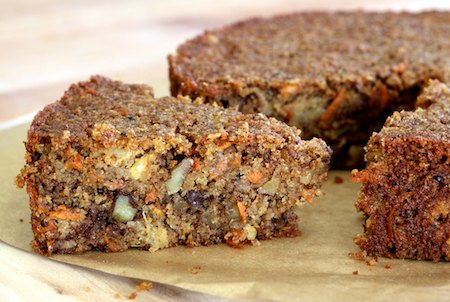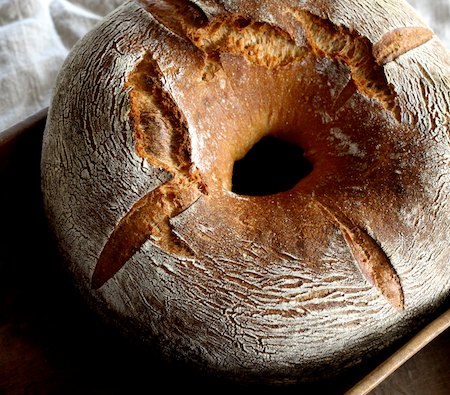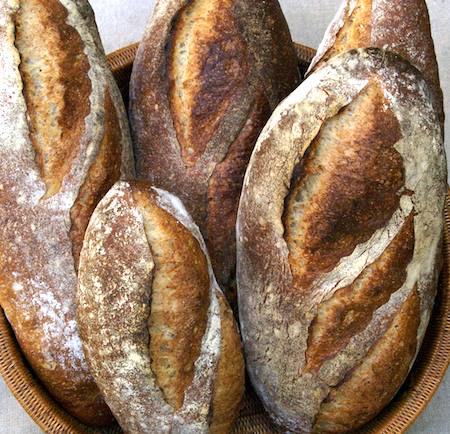 A recent commenter on one of my recipe posts remarked: “… my dough was very sticky not coming together. … Thinking it must be too wet, I added a little more flour to no avail. Then I realized I had forgotten to add the salt. Shortly after adding the salt the dough came together well. Is this coincidental, or does salt play more than a flavor enhancing role? ”
A recent commenter on one of my recipe posts remarked: “… my dough was very sticky not coming together. … Thinking it must be too wet, I added a little more flour to no avail. Then I realized I had forgotten to add the salt. Shortly after adding the salt the dough came together well. Is this coincidental, or does salt play more than a flavor enhancing role? ”
This was absolutely not coincidental. Considered to be one of the four essential bread ingredients (along with flour, water, and yeast), salt does indeed do something more than loafing around and tasting good.
- Salt affects dough texture, making it stronger and less sticky, as the commenter noticed.
- Salt reduces oxidation of the dough during mixing. Oxidation causes the degradation of carotenoid pigments in the flour that contribute to flavor and crumb color.
- Salt regulates yeast activity, causing fermentation to progress at a more consistent rate.
- Salt affects shelf life. Because it attracts water, it can help keep bread from staling too quickly in a dry environment. However, in a humid environment, it can make the crust soggier.




 There is a group I’m honored to be a part of, and it calls itself the Bread Baking Babes. We are three years old today, and we are celebrating by revisiting our favorites from the past 36 months of baking — delicious, adventurous, sometimes frustrating, often challenging, occasionally comical, and always tons of fun.
There is a group I’m honored to be a part of, and it calls itself the Bread Baking Babes. We are three years old today, and we are celebrating by revisiting our favorites from the past 36 months of baking — delicious, adventurous, sometimes frustrating, often challenging, occasionally comical, and always tons of fun.